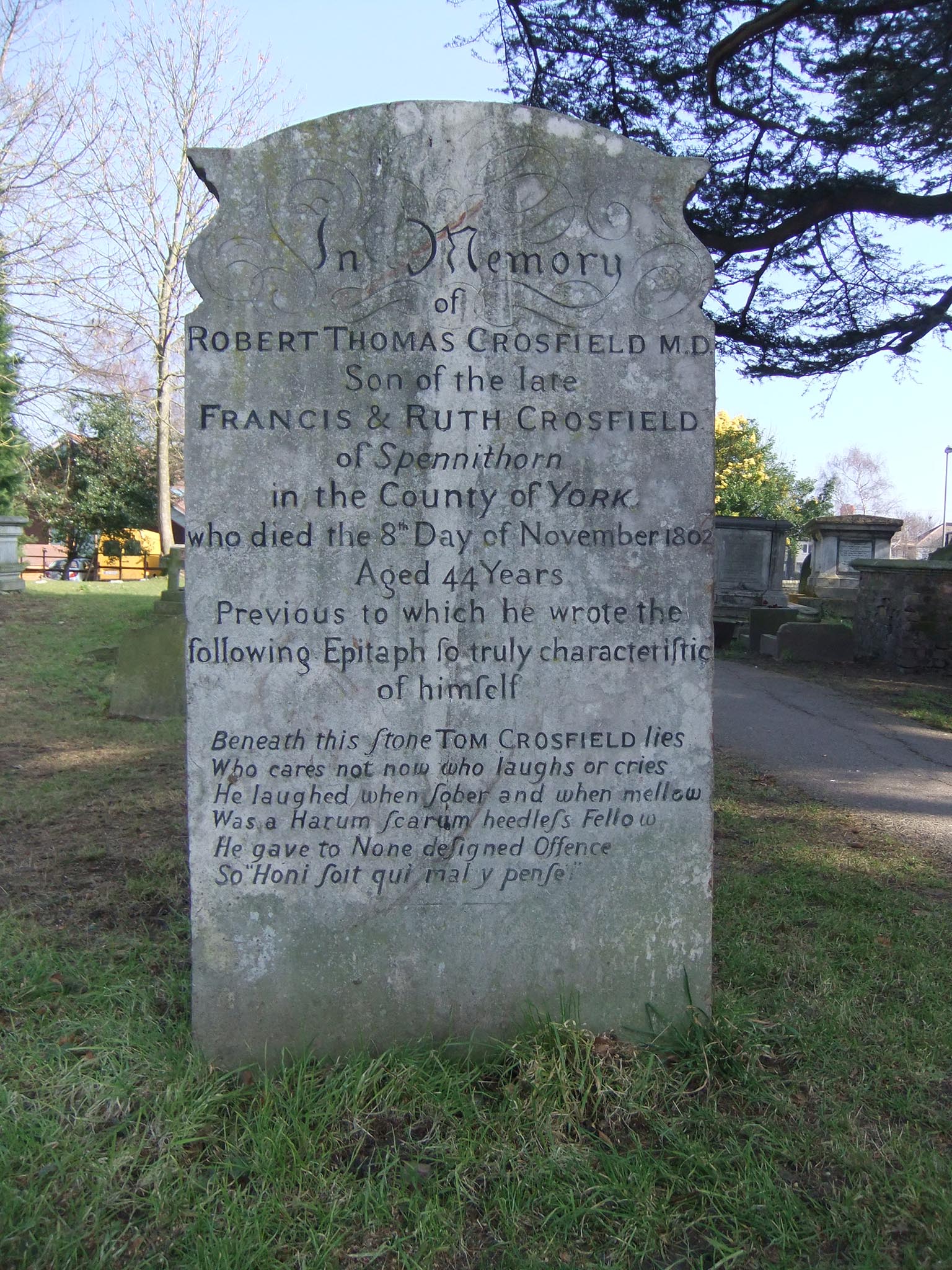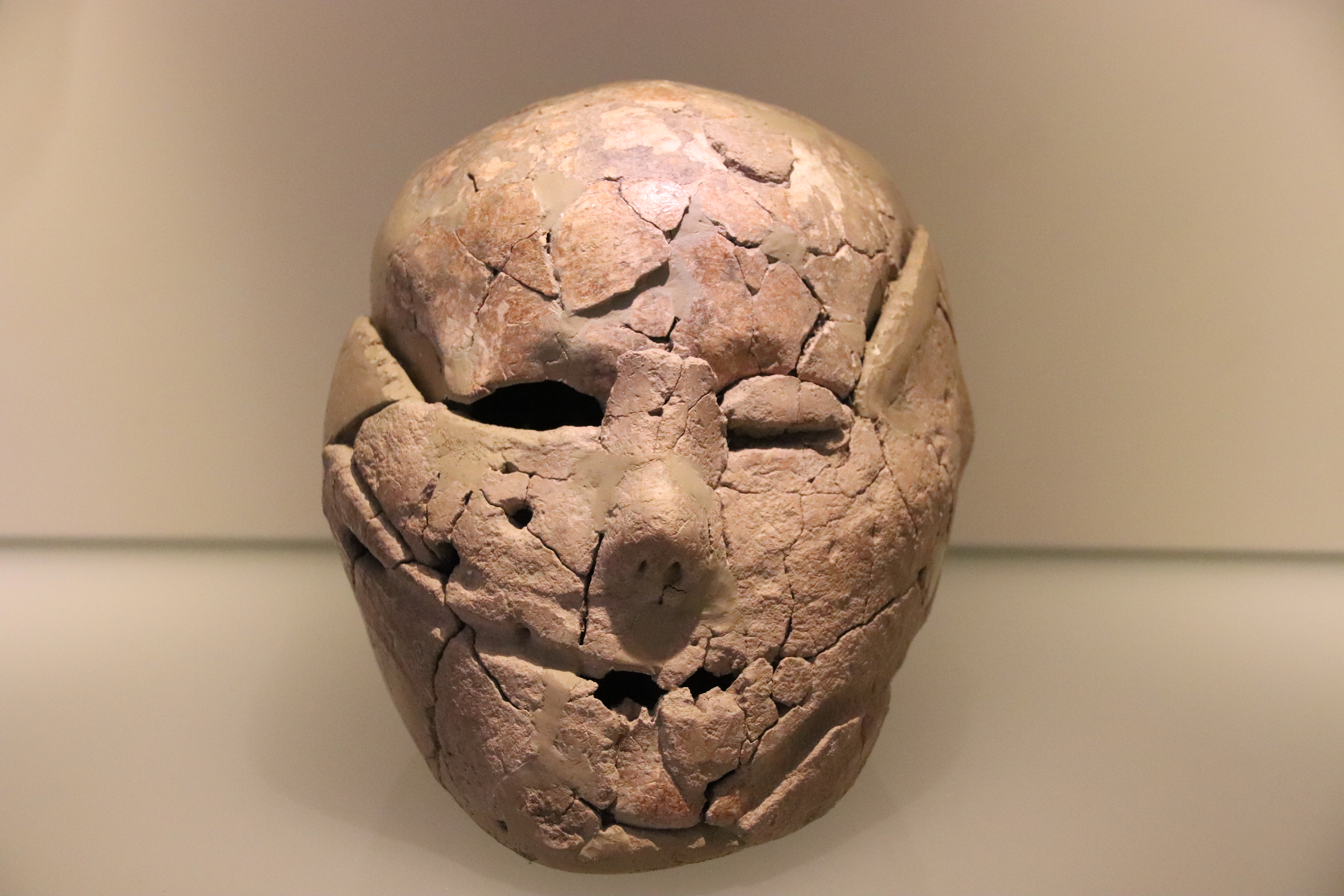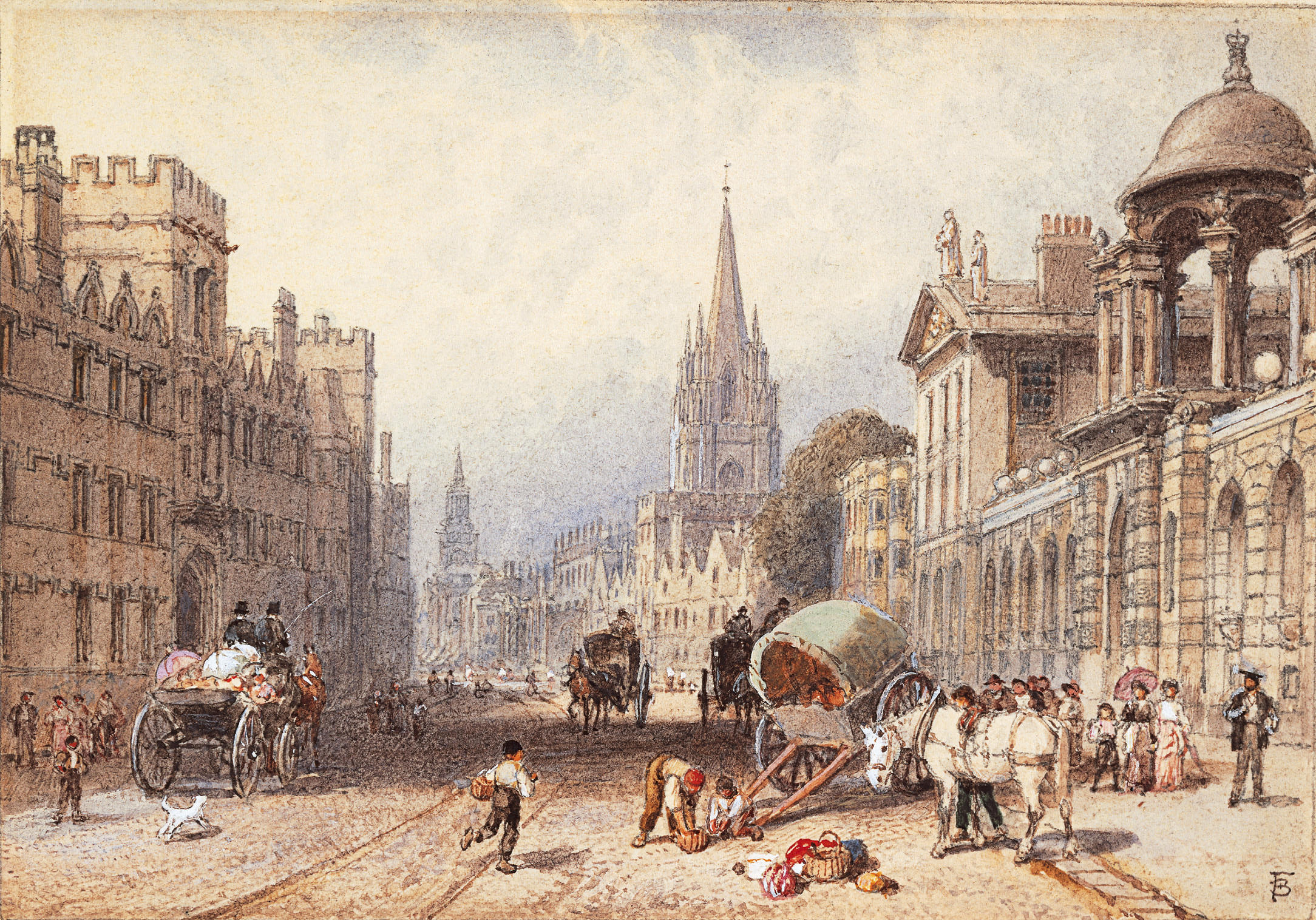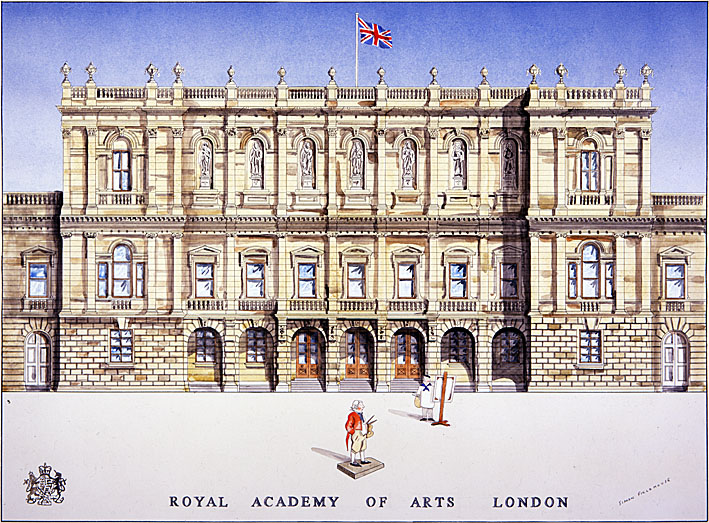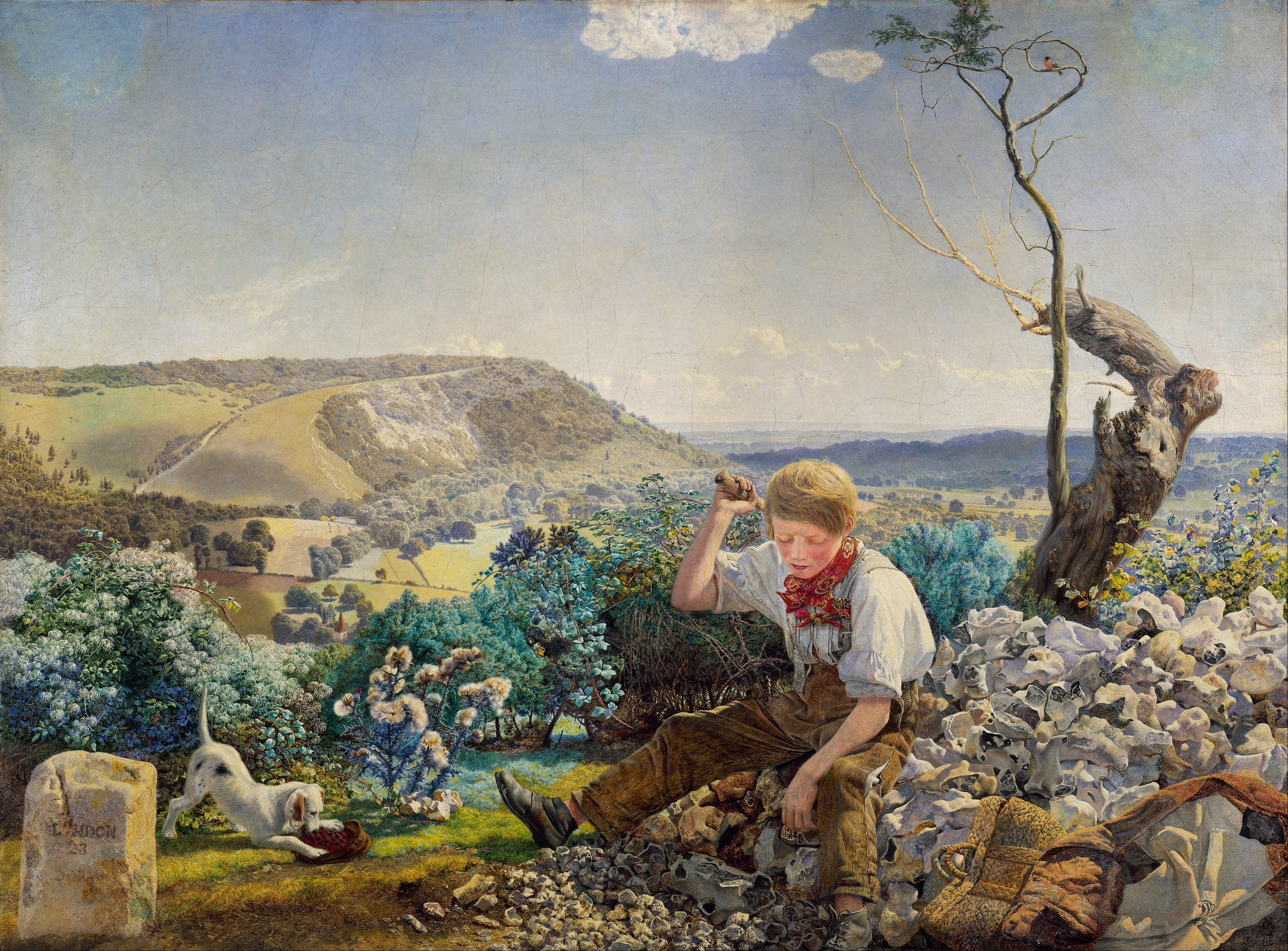|
Emily Augusta Patmore
Emily Augusta Patmore ( Andrews; 29 February 1824 – 5 July 1862) was a British author, Pre-Raphaelite muse and the inspiration for the 1854-1862 poem ''The Angel in the House''. Early life and education Emily Augusta Andrews was born on 29 February 1824, the daughter of Elizabeth Honor (née Symons) (1792–1831) and Edward Andrews (1787–1841), a Congregational minister at Beresford Chapel, Walworth, London. She was one of 12 siblings, an elder brother Edward William Andrews (1812–1877), later emigrated to Australia and became a newspaper proprietor and editor, and four elder sisters included Eliza, later Orme (1816-1892), whose daughters grew up to be women's rights activists, Emily Rosaline Orme, a leading Edinburgh suffragist, and Eliza Orme, the first woman to earn a law degree in England. Her younger brother Augustus Charles Andrews became a bank clerk and his daughter Mabel Barltrop became a religious leader and prophet. Their mother died in April 1831 when Emily ... [...More Info...] [...Related Items...] OR: [Wikipedia] [Google] [Baidu] |
Walworth
Walworth () is a district of south London, England, within the London Borough of Southwark. It adjoins Camberwell to the south and Elephant and Castle to the north, and is south-east of Charing Cross. Major streets in Walworth include the Old Kent Road, New Kent Road and Walworth Road. History The name Walworth is probably derived from Old English ''Wealh'' " Briton" and the suffix ''-worth'' "homestead" or "enclosure" and, thus, "British farm". Walworth appears in the Domesday Book of 1086 as ''Waleorde''. It was held by Bainiard from Archbishop Lanfranc of Canterbury. Its domesday assets were: 3½ hides; one church, four ploughs, of meadow. It rendered £3. John Smith House is on Walworth Road, and was renamed in memory of John Smith, who was leader of the Labour Party from 1992 up to his sudden death in 1994. A former headquarters of the Labour Party, it was often seen in news reports at election times and in the background as people came and went from me ... [...More Info...] [...Related Items...] OR: [Wikipedia] [Google] [Baidu] |
David Masson
David Mather Masson LLD DLitt (2 December 18226 October 1907), was a Scottish academic, supporter of women's suffrage, literary critic and historian. Biography He was born in Aberdeen, the son of William Masson, a stone-cutter, and his wife Sarah Mather. David was educated at Aberdeen Grammar School under Dr. James Melvin and at Marischal College, University of Aberdeen. Intending to enter the Church, he proceeded to Edinburgh University, where he studied theology under Dr. Thomas Chalmers, with whom he remained friendly until the latter's death in 1847. However, abandoning his aspirations to the ministry, be returned to Aberdeen to undertake the editorship of the ''Banner'', a weekly paper devoted to the advocacy of Free Kirk principles. After two years he resigned this post and went back to Edinburgh to pursue a purely literary career. There he wrote a great deal, contributing to '' Fraser's Magazine'', '' Dublin University Magazine'' (in which appeared his essays ... [...More Info...] [...Related Items...] OR: [Wikipedia] [Google] [Baidu] |
1862 Deaths
Year 186 ( CLXXXVI) was a common year starting on Saturday (link will display the full calendar) of the Julian calendar The Julian calendar, proposed by Roman consul Julius Caesar in 46 BC, was a reform of the Roman calendar. It took effect on , by edict. It was designed with the aid of Greek mathematics, Greek mathematicians and Ancient Greek astronomy, as .... At the time, it was known as the Year of the Consulship of Aurelius and Glabrio (or, less frequently, year 939 ''Ab urbe condita''). The denomination 186 for this year has been used since the early medieval period, when the Anno Domini calendar era became the prevalent method in Europe for naming years. Events By place Roman Empire * Peasants in Gaul stage an anti-tax uprising under Maternus (rebel), Maternus. * Roman governor Pertinax escapes an assassination attempt, by British usurpers. New Zealand * The Hatepe eruption, Hatepe volcanic eruption extends Lake Taupō and makes skies red across the w ... [...More Info...] [...Related Items...] OR: [Wikipedia] [Google] [Baidu] |
1824 Births
Eighteen or 18 may refer to: * 18 (number), the natural number following 17 and preceding 19 * one of the years 18 BC, AD 18, 1918, 2018 Film, television and entertainment * ''18'' (film), a 1993 Taiwanese experimental film based on the short story ''God's Dice'' * ''Eighteen'' (film), a 2005 Canadian dramatic feature film * 18 (British Board of Film Classification), a film rating in the United Kingdom, also used in Ireland by the Irish Film Classification Office * 18 (''Dragon Ball''), a character in the ''Dragon Ball'' franchise * "Eighteen", a 2006 episode of the animated television series '' 12 oz. Mouse'' Music Albums * ''18'' (Moby album), 2002 * ''18'' (Nana Kitade album), 2005 * '' 18...'', 2009 debut album by G.E.M. Songs * "18" (5 Seconds of Summer song), from their 2014 eponymous debut album * "18" (One Direction song), from their 2014 studio album ''Four'' * "18", by Anarbor from their 2013 studio album ''Burnout'' * "I'm Eighteen", by Alice Cooper comm ... [...More Info...] [...Related Items...] OR: [Wikipedia] [Google] [Baidu] |
St Mary's Churchyard, Hendon
St Mary's Churchyard, Hendon or Hendon Churchyard is the churchyard of St Mary's Church in Hendon in the London Borough of Barnet. It adjoins Sunny Hill Park, and it is part of the ''Sunny Hill Park and Hendon Churchyard'' Site of Local Importance for Nature Conservation. The churchyard is important archaeologically, as Roman artifacts have been found on the site and there is evidence of Anglo-Saxon settlement. A church may have existed on the site as early as the ninth century, and there is an eleventh-century font still in use in the existing building. Parts of it date back to the thirteenth century, but there were successive alterations until it was extended in 1914–15. It has a memorial to Stamford Raffles, the founder of Singapore. The churchyard is well maintained, and it has many tombs and memorials in the grass, which is kept long in parts. There are fine cedar and yew trees. A line of headstones on either side of the path lead to the church door, and they form part ... [...More Info...] [...Related Items...] OR: [Wikipedia] [Google] [Baidu] |
Portrait Of Emily Honoria Patmore
A portrait is a painting, photograph, sculpture, or other artistic representation of a person, in which the face and its expressions are predominant. The intent is to display the likeness, personality, and even the mood of the person. For this reason, in photography a portrait is generally not a snapshot, but a composed image of a person in a still position. A portrait often shows a person looking directly at the painter or photographer, in order to most successfully engage the subject with the viewer. History Prehistorical portraiture Plastered human skulls were reconstructed human skulls that were made in the ancient Levant between 9000 and 6000 BC in the Pre-Pottery Neolithic B period. They represent some of the oldest forms of art in the Middle East and demonstrate that the prehistoric population took great care in burying their ancestors below their homes. The skulls denote some of the earliest sculptural examples of portraiture in the history of art. Historical portraitur ... [...More Info...] [...Related Items...] OR: [Wikipedia] [Google] [Baidu] |
Robert Browning
Robert Browning (7 May 1812 – 12 December 1889) was an English poet and playwright whose dramatic monologues put him high among the Victorian poets. He was noted for irony, characterization, dark humour, social commentary, historical settings and challenging vocabulary and syntax. His early long poems ''Pauline'' (1833) and ''Paracelsus'' (1835) were acclaimed, but his reputation dwindled for a time – his 1840 poem ''Sordello'' was seen as wilfully obscure – and took over a decade to recover, by which time he had moved from Shelleyan forms to a more personal style. In 1846 he married fellow poet Elizabeth Barrett and moved to Italy. By her death in 1861 he had published the collection ''Men and Women'' (1855). His ''Dramatis Personae'' (1864) and book-length epic poem '' The Ring and the Book'' (1868–1869) made him a leading poet. By his death in 1889 he was seen as a sage and philosopher-poet who had fed into Victorian social and political discourse. Societie ... [...More Info...] [...Related Items...] OR: [Wikipedia] [Google] [Baidu] |
Oxford
Oxford () is a city in England. It is the county town and only city of Oxfordshire. In 2020, its population was estimated at 151,584. It is north-west of London, south-east of Birmingham and north-east of Bristol. The city is home to the University of Oxford, the List of oldest universities in continuous operation, oldest university in the English-speaking world; it has buildings in every style of Architecture of England, English architecture since late History of Anglo-Saxon England, Anglo-Saxon. Oxford's industries include motor manufacturing, education, publishing, information technology and science. History The history of Oxford in England dates back to its original settlement in the History of Anglo-Saxon England, Saxon period. Originally of strategic significance due to its controlling location on the upper reaches of the River Thames at its junction with the River Cherwell, the town grew in national importance during the early Norman dynasty, Norman period, and in ... [...More Info...] [...Related Items...] OR: [Wikipedia] [Google] [Baidu] |
Ashmolean Museum
The Ashmolean Museum of Art and Archaeology () on Beaumont Street, Oxford, England, is Britain's first public museum. Its first building was erected in 1678–1683 to house the cabinet of curiosities that Elias Ashmole gave to the University of Oxford in 1677. It is also the world's second university museum, after the establishment of the Kunstmuseum Basel in 1661 by the University of Basel. The present building was built between 1841 and 1845. The museum reopened in 2009 after a major redevelopment, and in November 2011, new galleries focusing on Egypt and Nubia were unveiled. In May 2016, the museum also opened redisplayed galleries of 19th-century art. History Broad Street The museum opened on 24 May 1683, with naturalist Robert Plot as the first keeper. The building on Broad Street (later known as the Old Ashmolean) is sometimes attributed to Sir Christopher Wren or Thomas Wood. Elias Ashmole had acquired the collection from the gardeners, travellers, and col ... [...More Info...] [...Related Items...] OR: [Wikipedia] [Google] [Baidu] |
Royal Academy Of Arts
The Royal Academy of Arts (RA) is an art institution based in Burlington House on Piccadilly in London. Founded in 1768, it has a unique position as an independent, privately funded institution led by eminent artists and architects. Its purpose is to promote the creation, enjoyment and appreciation of the visual arts through exhibitions, education and debate. History The origin of the Royal Academy of Arts lies in an attempt in 1755 by members of the Society for the Encouragement of Arts, Manufactures and Commerce, principally the sculptor Henry Cheere, to found an autonomous academy of arts. Prior to this a number of artists were members of the Society for the Encouragement of Arts, Manufactures and Commerce, including Cheere and William Hogarth, or were involved in small-scale private art academies, such as the St Martin's Lane Academy. Although Cheere's attempt failed, the eventual charter, called an 'Instrument', used to establish the Royal Academy of Arts over a dec ... [...More Info...] [...Related Items...] OR: [Wikipedia] [Google] [Baidu] |
John Brett (artist)
John Brett (8 December 1831 – 7 January 1902) was a British artist associated with the Pre-Raphaelite movement, mainly notable for his highly detailed landscapes. Life Brett was born near Reigate on 8 December 1831, the son of an army vet. His sister Rosa Brett was also an artist and during 1850 and 1851 they shared a studio. In 1851 he began lessons in art with James Duffield Harding, a landscape painter. He also studied with Richard Redgrave. In 1853 he entered the Royal Academy Schools, but was more interested in the ideas of John Ruskin and William Holman Hunt, whom he met through his friend the poet Coventry Patmore. Inspired by Hunt's ideal of scientific landscape painting, Brett visited Switzerland, where he worked on topographical landscapes and came under the further influence of John William Inchbold. In 1858 Brett exhibited ''The Stonebreaker'', the painting that made his reputation. This depicted a youth smashing stones to create a road-surface, sitting ... [...More Info...] [...Related Items...] OR: [Wikipedia] [Google] [Baidu] |
Cambridge
Cambridge ( ) is a university city and the county town in Cambridgeshire, England. It is located on the River Cam approximately north of London. As of the 2021 United Kingdom census, the population of Cambridge was 145,700. Cambridge became an important trading centre during the Roman and Viking ages, and there is archaeological evidence of settlement in the area as early as the Bronze Age. The first town charters were granted in the 12th century, although modern city status was not officially conferred until 1951. The city is most famous as the home of the University of Cambridge, which was founded in 1209 and consistently ranks among the best universities in the world. The buildings of the university include King's College Chapel, Cavendish Laboratory, and the Cambridge University Library, one of the largest legal deposit libraries in the world. The city's skyline is dominated by several college buildings, along with the spire of the Our Lady and the English Marty ... [...More Info...] [...Related Items...] OR: [Wikipedia] [Google] [Baidu] |



